Humidity too high
greenhouser
16 years ago
Related Stories
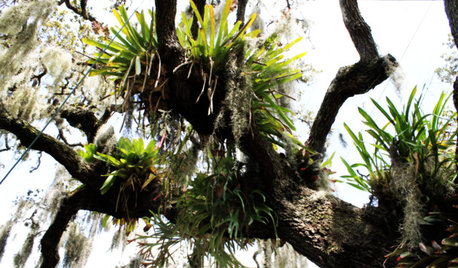
GARDENING GUIDESGot a Hot, Humid Landscape? Add Tropical Flair With Air Plants
Turn tree trunks and walls into lush canvases with plants adapted to the canopies of the rainforest
Full Story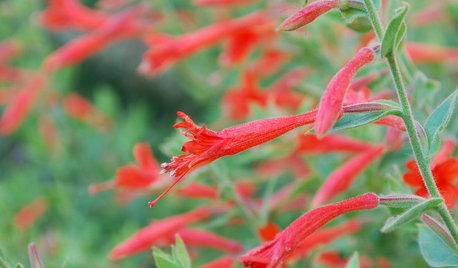
SUMMER GARDENING6 Water-Wise Perennials for Blazing High-Altitude Summers
Scorching weather and high elevations don't have to mean scraggly plantings. These blooms are as gorgeous as they are tough
Full Story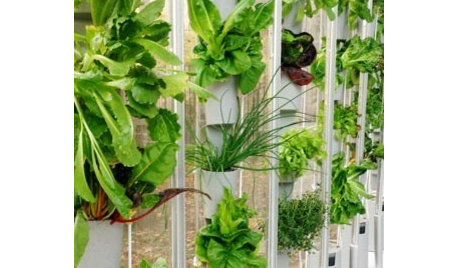
PRODUCT PICKSGuest Picks: High-Tech Plant Helpers
Hydroponics, monitoring systems, even an electric pollinator ... these gadgets and services keep your greenery growing strong
Full Story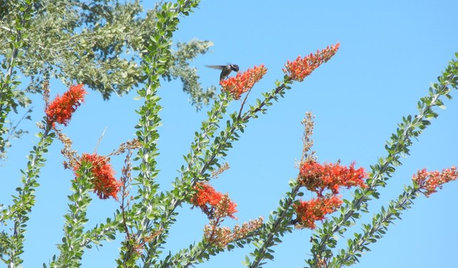
GARDENING FOR BUTTERFLIESGreat Design Plant: Ocotillo for High-Reaching Flair
Add a dramatic accent to a dry landscape with this striking desert plant silhouetted against the sky
Full Story
HOUSEPLANTSAim High With This Tall African Houseplant
Corn dracaena can give you a big splash of green with little fuss
Full Story
EVENTSTile Goes High Tech at Italy's Big Expo
Cutting-edge methods are creating tile looks from handmade to avant-garde, as seen as CERSAIE 2013
Full Story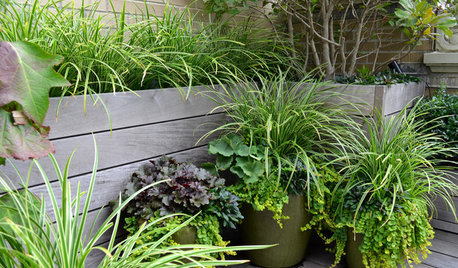
PLANTING IDEASCreate High-Impact Container Gardens With Grasses
When it comes to adding drama, texture and panache to a pot, these strappy species are hard to beat
Full Story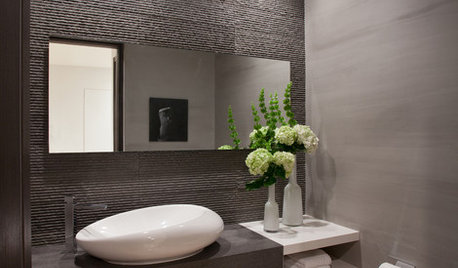
BATHROOM WORKBOOKBathroom Workbook: Layer on the Texture for High Bath Style
Make even a modern bath warm and welcoming with these 11 ideas for adding texture
Full Story
WOODKnotty and Nice: Highly Textured Wood Has a Modern Revival
Whether it's cedar, fir or pine, if a wood has a knot, it's hot
Full Story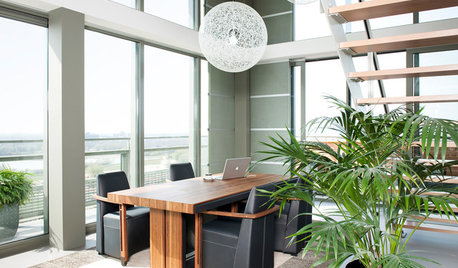
HOUSEPLANTSMeet a Palm That's Fine With Fluorescent Light
Get the look of the tropics without the full-on sun and high humidity — parlor palm tolerates regular indoor conditions with aplomb
Full StoryMore Discussions







stressbaby
greenhouserOriginal Author
Related Professionals
Arlington Landscape Architects & Landscape Designers · Graham Landscape Architects & Landscape Designers · Zion Landscape Architects & Landscape Designers · Paradise Landscape Architects & Landscape Designers · Pottstown Landscape Contractors · Berkley Landscape Contractors · Farmington Landscape Contractors · Pahrump Landscape Contractors · Ponte Vedra Beach Landscape Contractors · Royal Oak Landscape Contractors · West Allis Landscape Contractors · Yuba City Landscape Contractors · Coachella Solar Energy Systems · Dracut Solar Energy Systems · Maple Grove Solar Energy Systemsrosepedal
wetfeet101b
ole_dawg
greenhouserOriginal Author
stressbaby
stressbaby
rosepedal
greenhouserOriginal Author
stressbaby
greenhouserOriginal Author
greenhouserOriginal Author
stressbaby
greenhouserOriginal Author
stressbaby
greenhouserOriginal Author
stressbaby
greenhouserOriginal Author
greenhouserOriginal Author
jean-gh
stressbaby
juangreco
seamommy